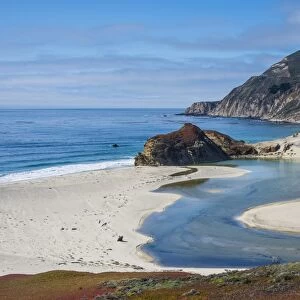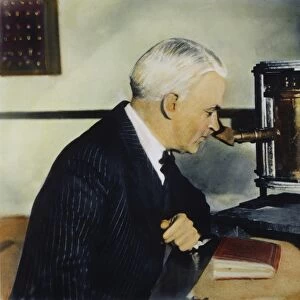Graphite, molecular model C016 / 8896
![]()

Wall Art and Photo Gifts from Science Photo Library
Graphite, molecular model C016 / 8896
Graphite, molecular model. Graphite is used in pencil leads and as a lubricant. It is composed of parallel layers of hexagonally arranged carbon atoms (spheres). Within each layer the carbon atoms are linked by strong covalent bonds, while the parallel layers are linked together by weak Van der Waals forces. This Van der Waals bonding is strong enough to hold the layers together, yet weak enough to let them slide over each other. This confers graphites softness and its ability to act as a lubricant
Science Photo Library features Science and Medical images including photos and illustrations
Media ID 9245205
© RUSSELL KIGHTLEY/SCIENCE PHOTO LIBRARY
Carbon Compound Compounds Covalent Crystalline Graphene Graphite Layers Organic Soft Van Der Waals Force Molecular Molecular Model
EDITORS COMMENTS
This print showcases the intricate molecular structure of graphite, a versatile compound widely recognized for its use in pencil leads and as a lubricant. Against a striking black background, the organic nature of graphite is beautifully illustrated through hexagonally arranged carbon atoms represented by spheres. Within each layer of this crystalline material, strong covalent bonds connect the carbon atoms together, ensuring structural stability. However, it is the weak Van der Waals forces that link these parallel layers together. This unique bonding mechanism allows for both cohesion and flexibility - while holding the layers firmly intact, it also permits them to effortlessly glide over one another. Graphite's softness and remarkable lubricating properties are attributed to this delicate balance between interlayer adhesion and mobility. Its ability to reduce friction makes it an invaluable component in various applications. The artwork by Russell Kightley from Science Photo Library not only captures the scientific essence of graphite but also highlights its significance in chemistry. This image serves as a reminder of how small-scale structures can have profound effects on macroscopic properties, offering us insights into the fascinating world of molecular compounds like graphene.
MADE IN THE USA
Safe Shipping with 30 Day Money Back Guarantee
FREE PERSONALISATION*
We are proud to offer a range of customisation features including Personalised Captions, Color Filters and Picture Zoom Tools
SECURE PAYMENTS
We happily accept a wide range of payment options so you can pay for the things you need in the way that is most convenient for you
* Options may vary by product and licensing agreement. Zoomed Pictures can be adjusted in the Cart.




